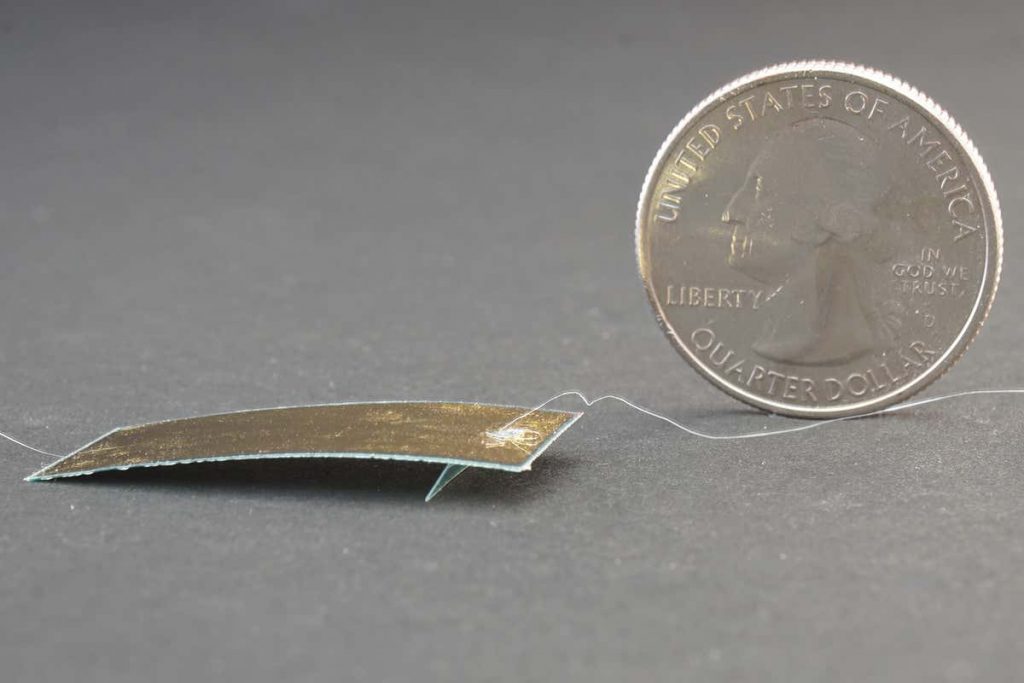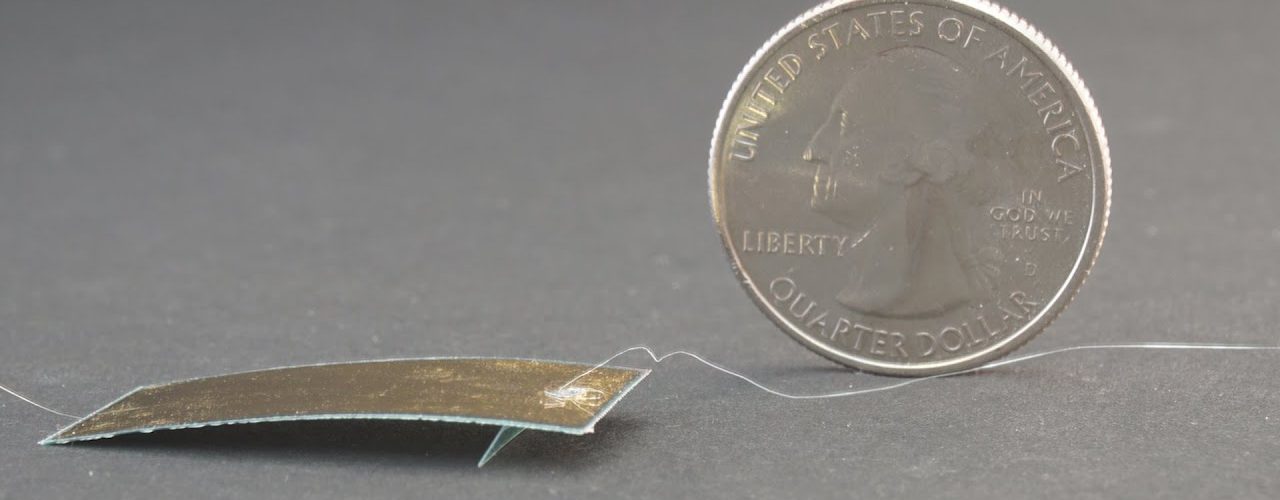A new insect-sized, cockroach inspired robot created by researchers at the University of California, Berkeley, can sprint across the floor at nearly the speed of a darting roach. Scientists began to observe cockroaches as they were squished, trying to get a sense of how these sneaky little insects manage to squeeze through tight cracks and withstand heavy loads (like the crush of your foot.
According to Liwei Lin “Most of the robots at this particular small scale are very fragile. If you step on them, you pretty much destroy the robot.”
Liwei Lin, professor of mechanical engineering at UC Berkeley
Small, durable robots like these could be helpful in search and rescue missions, squeezing and squishing into places where rescue dogs or humans can’t fit, or where it may be too dangerous for them to go.
“If an earthquake happens, it’s very hard for the big machines, or the big dogs, to find life underneath debris, so that’s why we need a small-sized robot that is agile and robust,” said Mr. Yichuan Wu.
Yichuan Wu, assistant professor at the University of Electronic Science and Technology of China
Humanity is being persuaded to accept it’s own replacement by technological and scientific milestones forwarded by politicians.

The cockroach robot, which is about the size of a large postage stamp, is made of a thin sheet of a piezoelectric material named PVDF (polyvinylidene fluoride). Piezoelectric materials are unique, in that applying electric voltage to them causes the materials to expand or contract.
The researchers coated the PVDF in a layer of an elastic polymer, which causes the entire sheet to bend, instead of to expand or contract.
They then added a front leg so that, as the material bends and straightens under an electric field, the oscillations propel the device forward in a “leaping” motion.
Heavy loads are no problem for the robotic cockroach

Perhaps most impressively, the robot, which weighs less than one-tenth of a gram can withstand a weight of around 60 kg – about the weight of an average human – which is approximately 1 million times the weight of the robot.
The robot is currently “tethered” to a thin wire that carries an electric voltage that drives the oscillations.
They are also working to add gas sensors and are improving the design of the robot so it can be steered around obstacles.
This work is supported in part by the Berkeley Sensor and Actuator Center, an Industry-University Cooperation Research Center.
Article Source:
https://www.sciencemag.org/news/2019/07/watch-human-try-crush-cockroach-inspired-robot-and-fail
https://www.newscientist.com/article/2211879-cockroach-robot-wont-break-after-being-repeatedly-stamped-on/
https://www.infowars.com/roach-inspired-robot-can-withstand-weight-of-a-human/

